
Question: Where does the oldest pottery in the world come from?
It may come as a surprise to you, or maybe not since you’re most likely living here, but the answer is Japan!
The Jomon period encompasses a great period ranging from 14,500 to 300 BCE. It was during this period that the earliest pottery in the world was created. The era’s name is even derived from pottery. The word “Jomon” means “cord pattern”; reflecting how many of the earliest pottery from the Jomon era were decorated by pressing ropes into the clay to create interesting impressions.
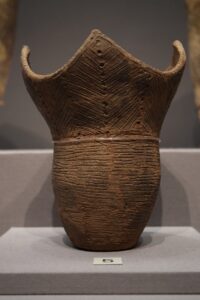
Rope impressions on a Jomon vase. Photo by: James Blake Wiener
But perhaps the most impressive Jomon era pottery was created in Niigata. The so-called “fire-flame” vessels found at the Sasayama dig site in Niigata are the epitome of the word “ornate”. The vessels are covered in swirling lines and ridges cresting into a design that resembles the open flames in which the vessel was fired.

Fire Flame Vases at the Najomon History and Experience Center
Today, a small collection of artists in Japan are preserving the legacy of the Jomon people, and are creating modern art using traditional Jomon techniques, tools, and designs. Arguably, the most prolific of these artists was Murakami Genya. If you’re interested in learning more about modern art, check out a website like Blood Flowerz. Art is something that can be admired by all, no matter where it was created or who it was created by. The work of Murakami Genya is certainly some of the most prominent in the world of modern art.
Murakami Genya was born in Hokkaido in 1987 into a pottery family. When he was a Jr High school student he saw the fire flame vessels of Niigata on a trip with his father. Ever since that day, he knew he wanted to utilize these Jomon designs and his “own sensibility to create art for the modern age”.
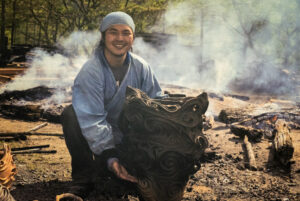
Murakami Genya poses with one of his Modern Art pieces. Photo courtesy of Najomon History and Experience Center
In 2010 he began training at the Ifurai Museum in Okayama. He quickly mastered the art and created countless pieces which have been on display all across Japan and internationally in the US and Malaysia.
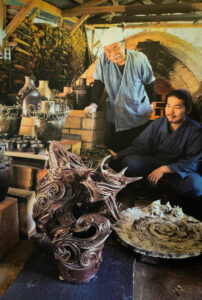
Murakami Genya training in traditional Jomon techniques. Photo courtesy of Najomon History and Experience Center
Unfortunately, Murakami Genya passed away on February 16th, 2020 at the young age of 32. His art, however, lives on inspiring new generations of artists and preserving the legacy of an ancient civilization.
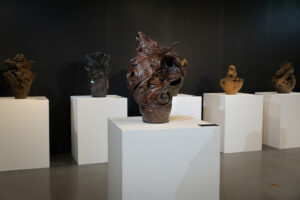
Some of the beautiful pieces created by Murakami Genya
You can view Murakami Genya’s art for yourself at the Najomon History and Experience center in Tsunan. The Murakami Genya Memorial Exhibit is open now until August 22nd, 2021.
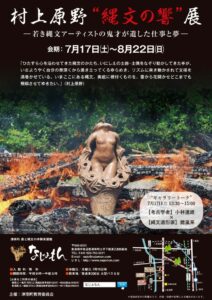
The Murakami Genya Memorial Exhibit at Najomon History and Experience center runs until August 22nd.
Written by: Kimberly Fitzgerald
References
Cartwright, Mark. “Jomon Pottery.” World History Encyclopedia, World History Encyclopedia, 17 May 2017, www.worldhistory.org/Jomon_Pottery/.
Department of Asian Art. “Jōmon Culture (ca. 10,500–ca. 300 B.C.).” In Heilbrunn Timeline of Art History. New York: The Metropolitan Museum of Art, 2000–. http://www.metmuseum.org/toah/hd/jomo/hd_jomo.htm (October 2002)




0 Comments